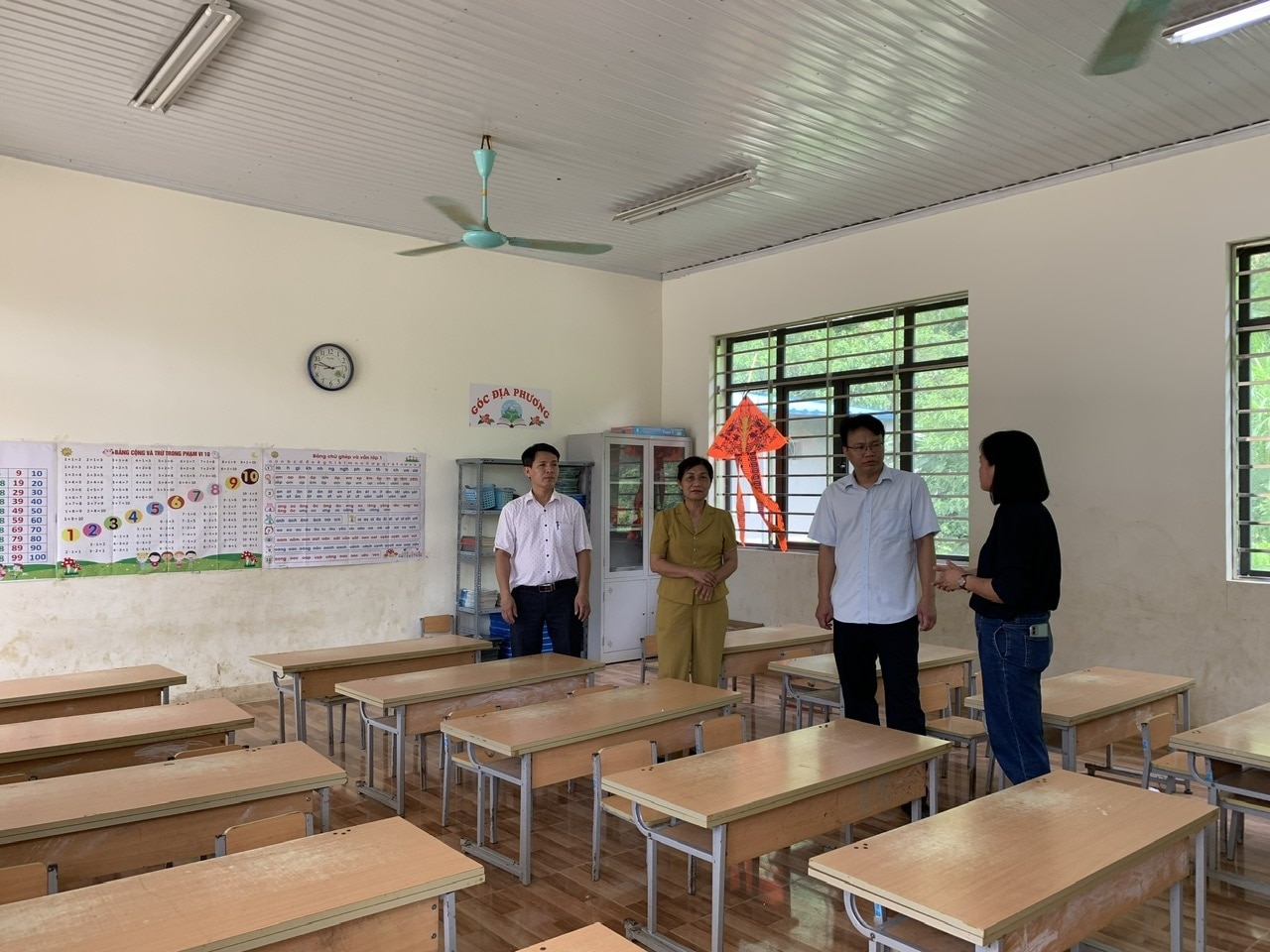
According to statistics of the Department of Education of Dong Hy district, the district currently has 57 schools, including: 3 high schools, 16 middle schools, 19 primary schools, 19 kindergartens, 1 vocational education and continuing education center (Vocational education and continuing education center), 15 community learning centers.
The scale and network of schools and classes from kindergarten to junior high school continue to be adjusted to suit the population distribution, meeting the learning needs of children in the district. The system of semi-boarding and boarding schools for ethnic minorities is developing and increasingly improving. Many schools in remote areas have good facilities, beautiful landscapes, and vibrant and quality educational activities.
At the Ten village school, Van Lang commune, Dong Hy district, this school year, the school has nearly 200 Mong ethnic students studying at preschool and primary levels. Of which, 100% of the students are from poor and near-poor households. Compared to before, the current school is no longer makeshift and dilapidated, instead there are spacious classrooms and modern teaching equipment. In addition, support policies for ethnic minority students in particularly difficult areas have also been implemented, thereby increasing the rate of students going to school, and the quality of education has been significantly improved.
Teacher Do Thi Tinh, a teacher at the Ten village school, Van Lang commune, Dong Hy district, Thai Nguyen province, said: I have been assigned to the school since 2016. This school is located at an altitude of 1,200m above sea level, more than 30km north of Dong Hy district center, the most remote highland school in Dong Hy district with 100% of the population being Mong ethnic people. Up to now, not only has the basic infrastructure been upgraded, but the school has also been built spaciously with full teaching equipment, thereby contributing to creating favorable conditions for teachers and students in the teaching and learning process.
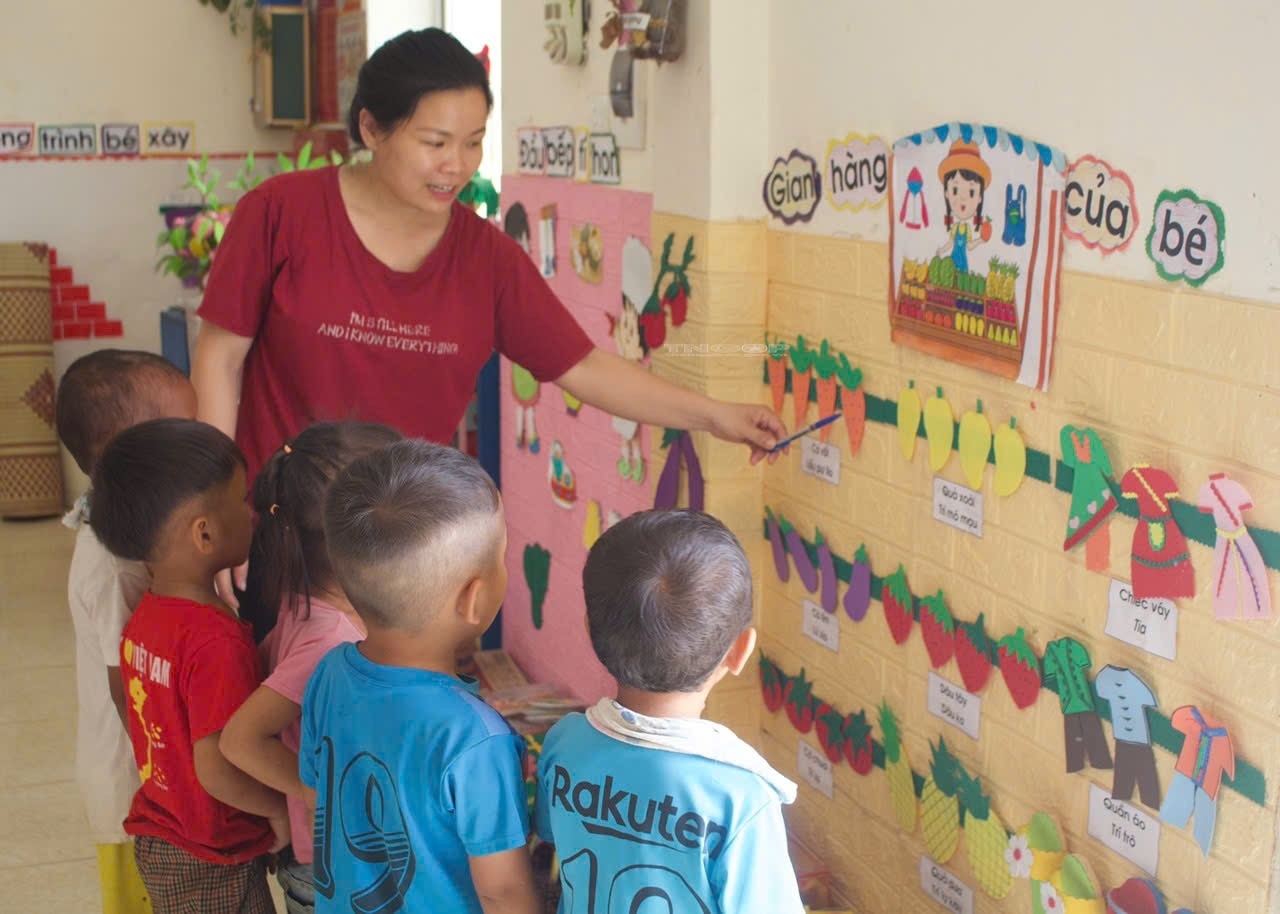
For Van Lang Primary School No. 2, from the investment capital of the national target program for ethnic minority areas, a 2-storey classroom building with 6 classrooms, a house with 16 rooms and a one-way kitchen have been completed and put into use, meeting the boarding needs of nearly 120 students.
Teacher Dinh Thi Thuy, Principal of Van Lang Primary Boarding School No. 2, Dong Hy District, shared: Students at remote schools are mainly ethnic minorities, whose parents go to work early in the morning and late at night. Therefore, the model of converting into a boarding school with full facilities allows children to study in a new, spacious and well-equipped environment. There are students who live 5.6 km from the school, with many difficulties in traveling, such as Ly Van Hieu, Hau Thi Ma, Hau Thi Pha... In this school year, the children are allowed to stay at the school, do not have to go back and forth during the day, and are able to stay in the dormitory with clean and tidy rooms and have more opportunities to communicate in Vietnamese. The children only speak their mother tongue at home. Most parents are satisfied and reassured, thereby contributing to improving the quality of education for students.
At Sa Lung Primary School, Dong Hy District, if before, at Lan Quan School, 100% Mong ethnic people, there were only 5 temporary classrooms, no subject rooms, now there are 5 spacious classrooms, ensuring the area, with 3 more subject rooms, such as: Information Technology, English and Art Education - Science and Technology, 1 teacher meeting room. The main school currently has 10 classrooms and 4 spacious subject rooms.
Ms. Trinh Thi Van, Principal of Sa Lung Primary School, Dong Hy District, said: In recent years, the school has also received financial support from the Department of Education and Training to invest in equipment, such as: computers, projectors, beds, cabinets, stoves, etc., to ensure care for boarding students in the school.
Mr. Nguyen Van Quang, Head of the Department of Education and Training of Dong Hy district, Thai Nguyen province, said: In addition to continuing to pay attention to improving facilities as well as the quality of education in disadvantaged areas and ethnic minority areas, the Department of Education and Training will also strengthen coordination with units and localities to review the actual situation, to effectively implement timely support policies, responding to reality.
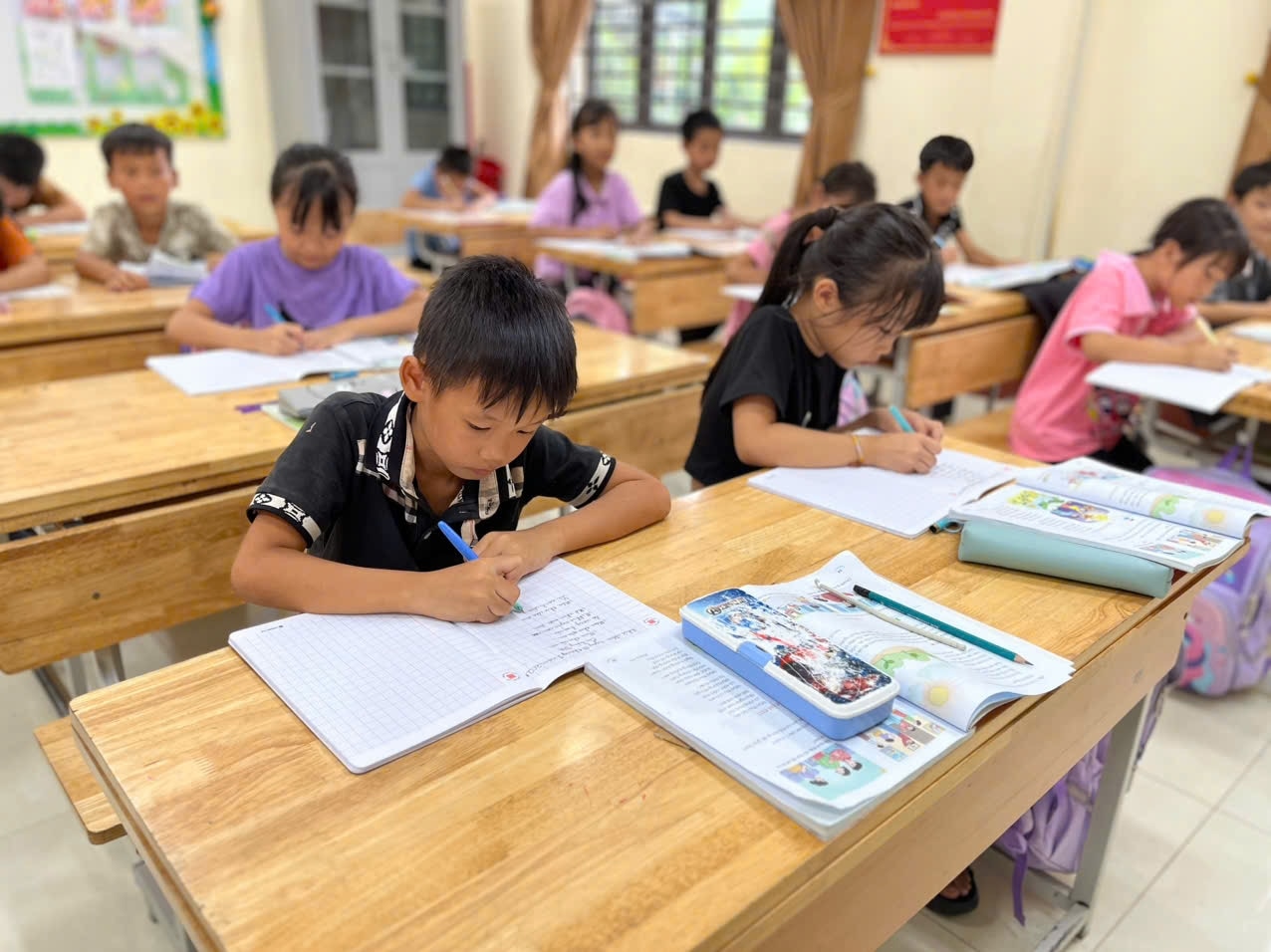
At the same time, Dong Hy District People's Committee will continue to prioritize investment resources and integrate them with programs, projects, and socialized education. Facilities, schools, and classrooms are invested in the direction of standardization, solidification, and modernization. The investment is linked to the Education and Training Development Plan for the period and the New Rural Development Program, especially schools in areas with particularly difficult socio-economic conditions, boarding and semi-boarding schools for ethnic minorities.
In the period of 2021-2025, the District People's Committee has invested in facilities for schools in the district from preschool to secondary school level with 86 project categories with a total investment of 258,665 billion VND. In the 2023-2024 school year alone, Dong Hy district has allocated over 52 billion VND from the State budget and other legally mobilized sources to invest in facilities and teaching equipment.
Socialization work continues to receive support from Party committees, authorities at all levels and the people. Agencies, unions, associations, organizations and many individuals actively participate in supporting educational facilities, mobilizing school-age children to go to school. Many organizations and individuals donate gifts, money, and efforts to build schools, classrooms, etc. Some equipment, such as: tables and chairs, computers, water purifiers, boarding equipment, etc.
Thanks to that, by the end of the 2023-2024 school year, the entire District has 52/52 public schools maintaining national standards. Of which, the rate of schools meeting national standards level 2 is 34.6%, specifically: Preschool level has 17/17 schools reaching 100% (05/17 schools meeting level 2 standards, reaching 29.41%). Primary level has 19/19 schools reaching 100% (04/19 schools meeting level 2 standards, reaching 21%).
At the secondary level, 16/16 schools achieved 100% (9/16 schools achieved level 2 standards, reaching 56.25%). 100% of public schools have completed self-assessment reports and have a full system of evidence according to regulations. In the 2023-2024 school year, the number of schools assessed externally and recognized to maintain national standards is 12, including: 4 kindergartens, 5 primary schools and 2 secondary schools.
Dong Hy (Thai Nguyen): Implementing policies to support and invest in developing education in ethnic minority areas



![[Photo] Da Nang: Hundreds of people join hands to clean up a vital tourist route after storm No. 13](https://vphoto.vietnam.vn/thumb/1200x675/vietnam/resource/IMAGE/2025/11/07/1762491638903_image-3-1353-jpg.webp)






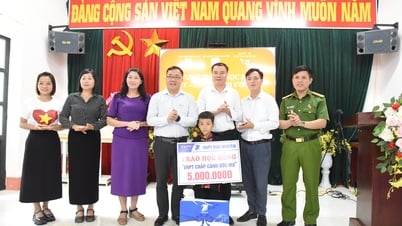

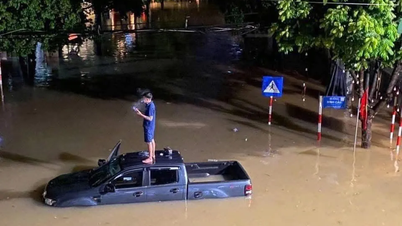


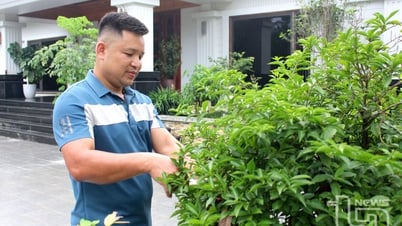



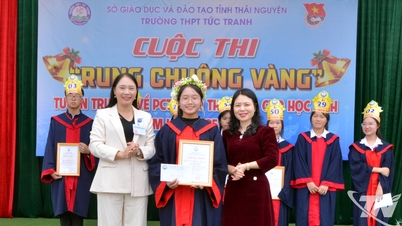
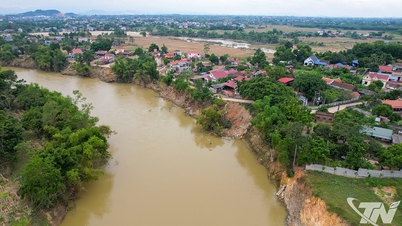
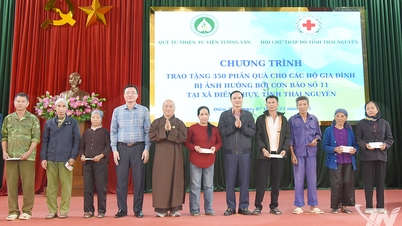

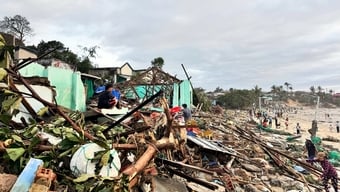






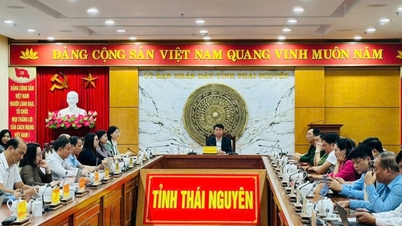
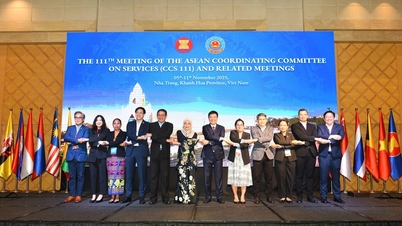










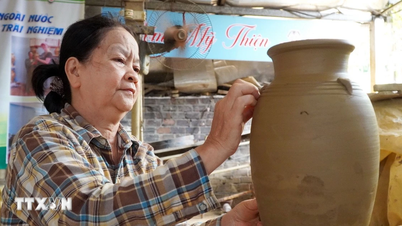










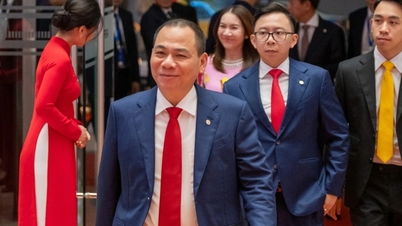

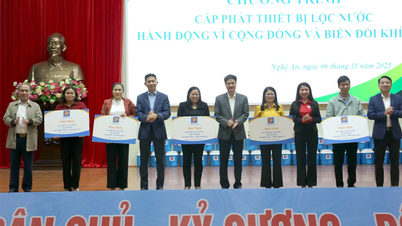


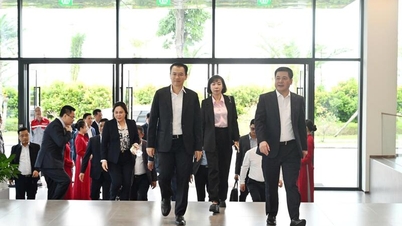
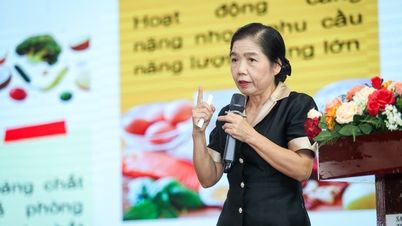


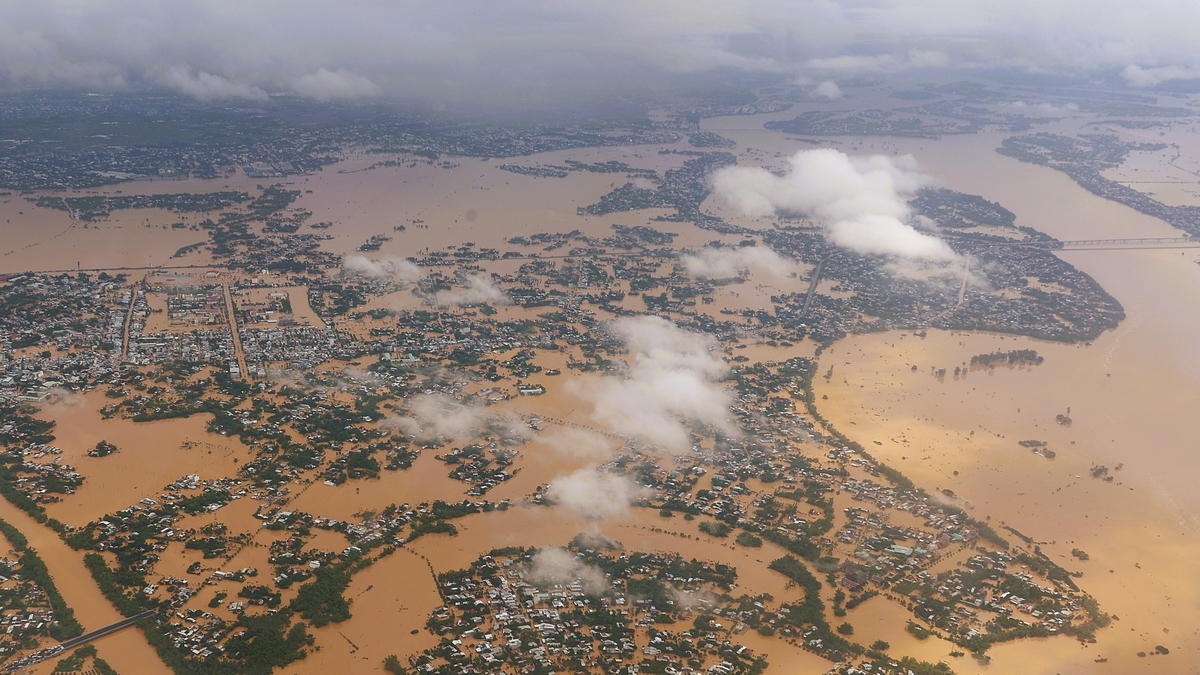




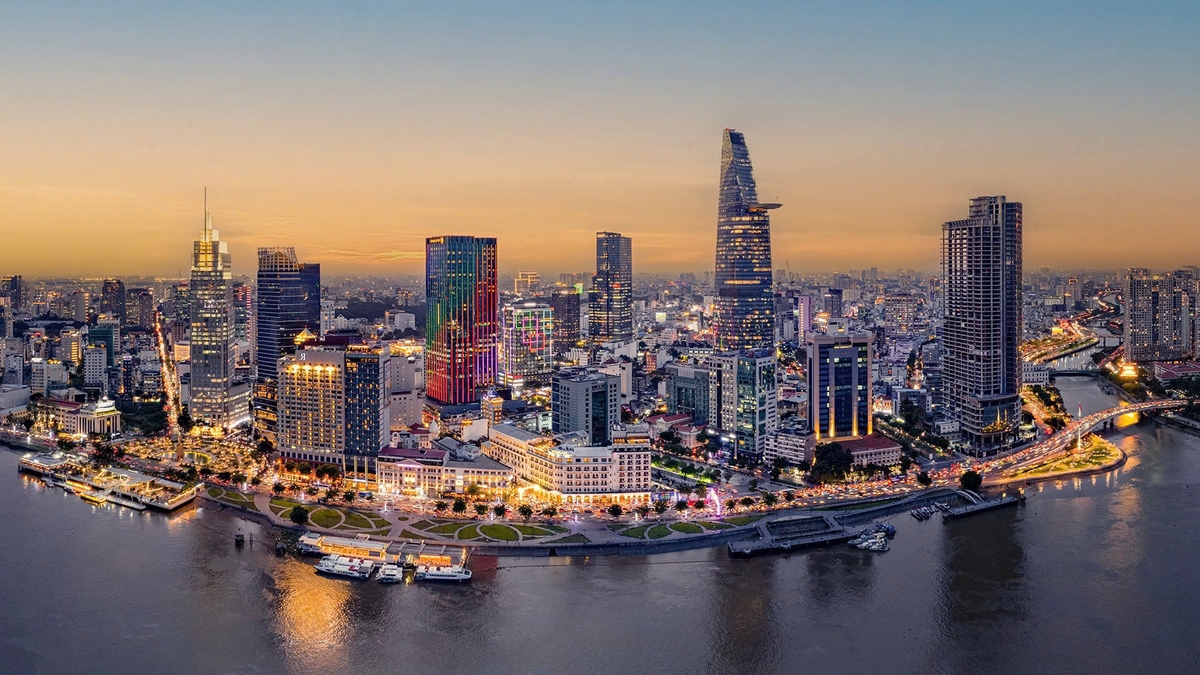
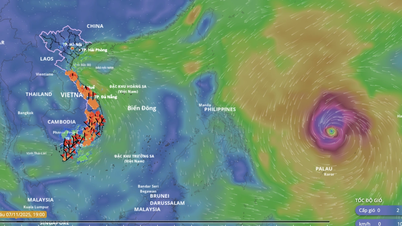









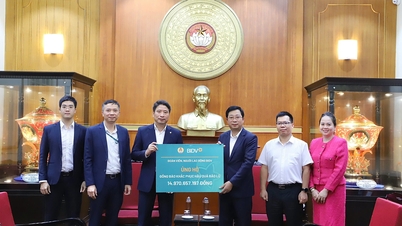


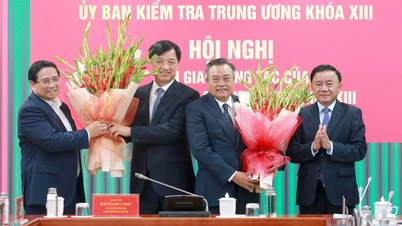






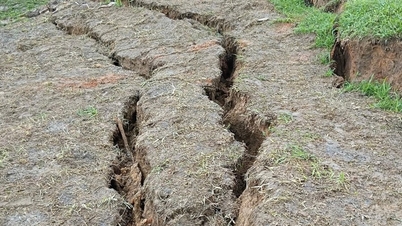

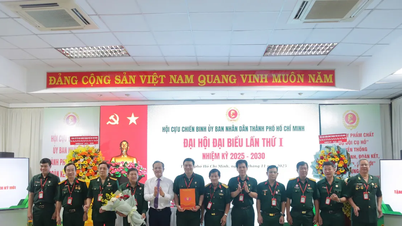









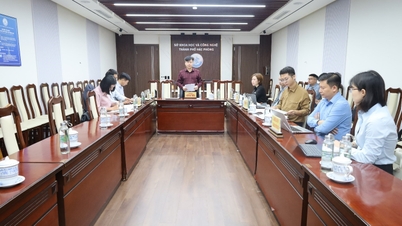






Comment (0)